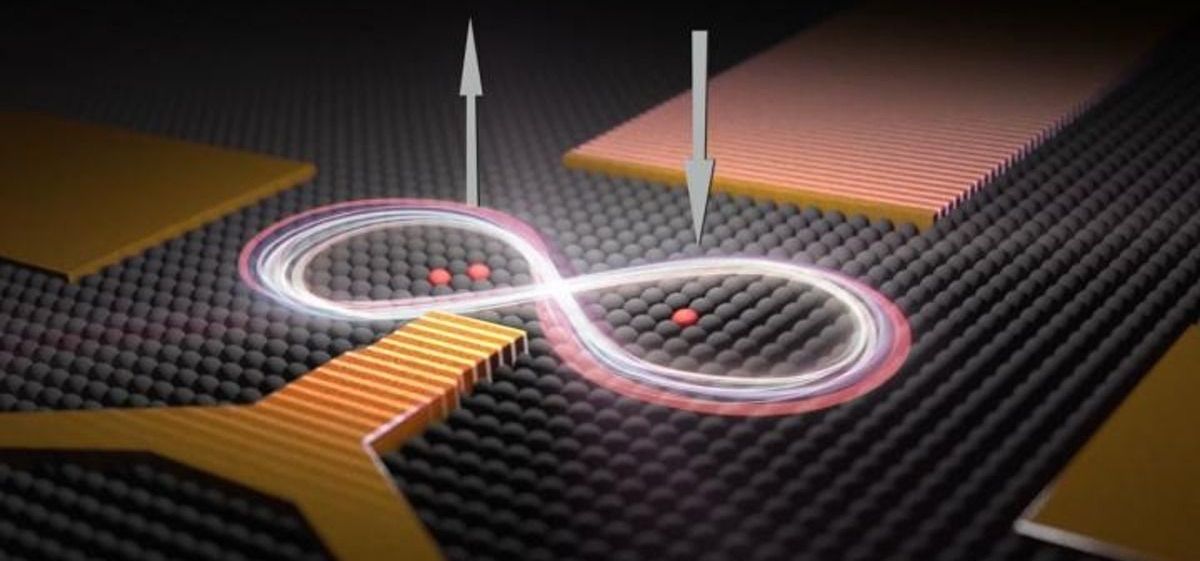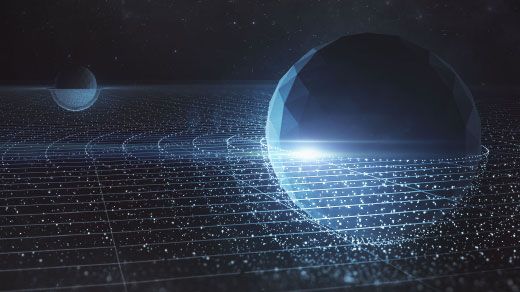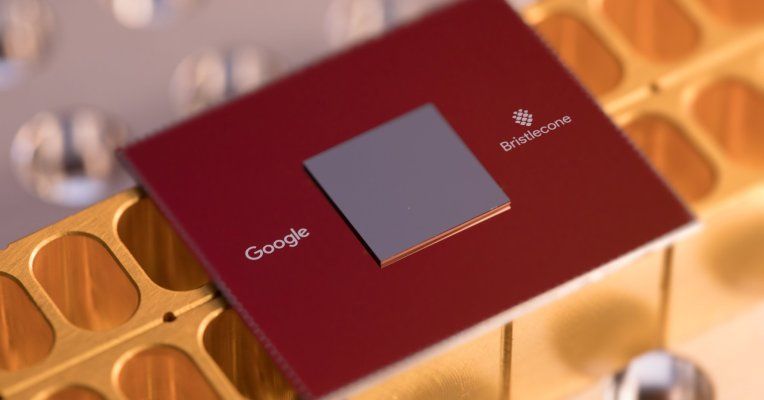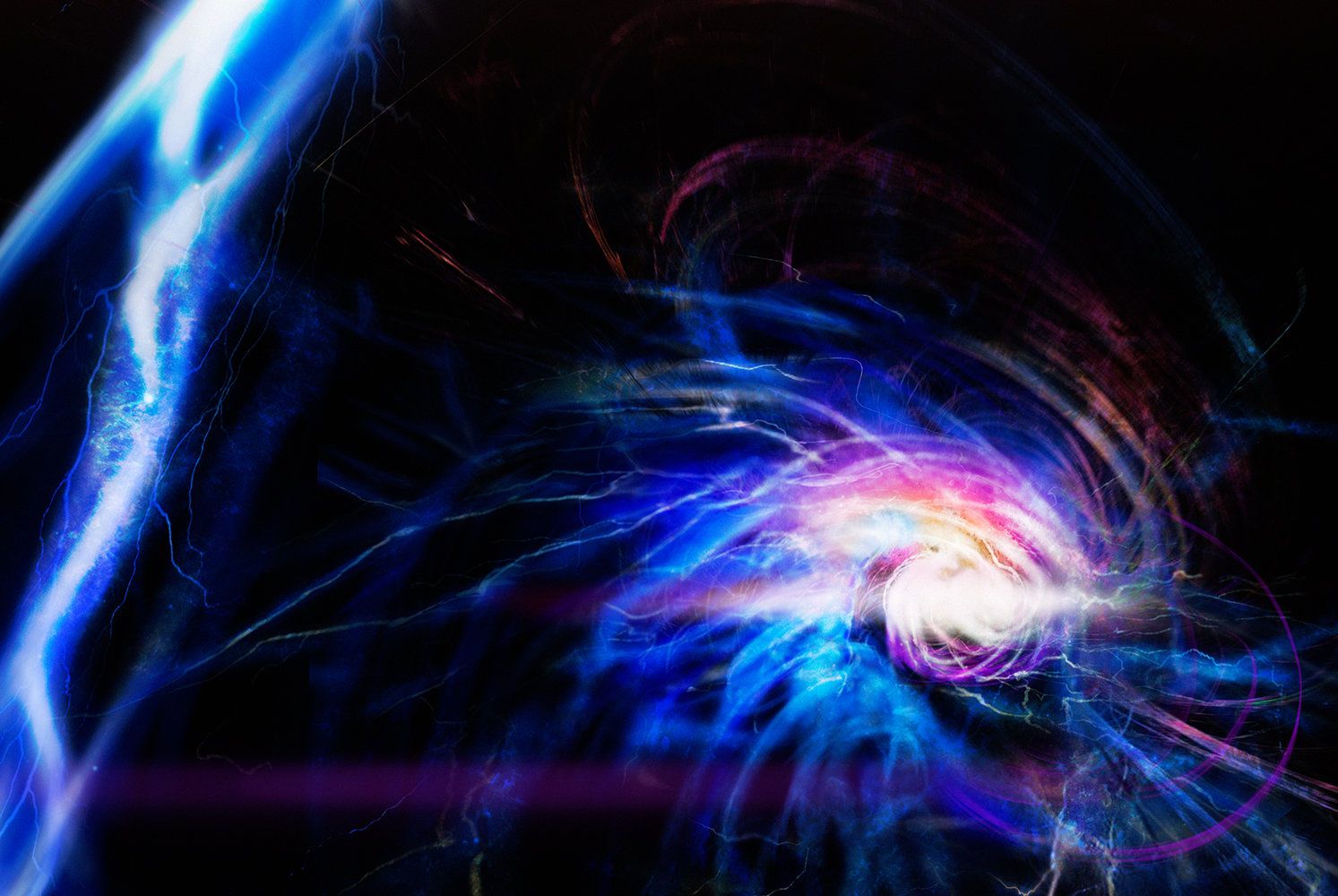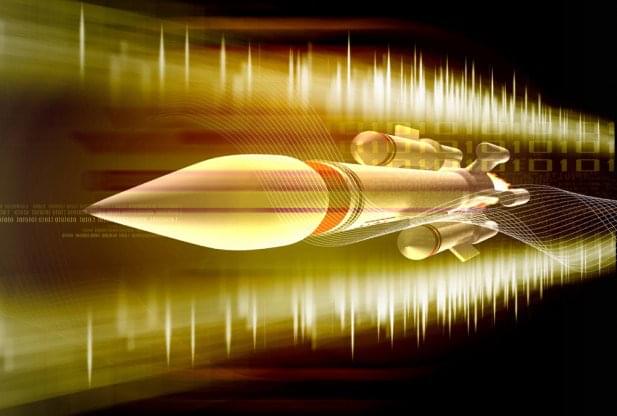Archive for the ‘quantum physics’ category: Page 693
Mar 6, 2018
Physicists Find a Way to See the ‘Grin’ of Quantum Gravity
Posted by Genevieve Klien in categories: cosmology, particle physics, quantum physics
In 1935, when both quantum mechanics and Albert Einstein’s general theory of relativity were young, a little-known Soviet physicist named Matvei Bronstein, just 28 himself, made the first detailed study of the problem of reconciling the two in a quantum theory of gravity. This “possible theory of the world as a whole,” as Bronstein called it, would supplant Einstein’s classical description of gravity, which casts it as curves in the space-time continuum, and rewrite it in the same quantum language as the rest of physics.
Bronstein figured out how to describe gravity in terms of quantized particles, now called gravitons, but only when the force of gravity is weak — that is (in general relativity), when the space-time fabric is so weakly curved that it can be approximated as flat. When gravity is strong, “the situation is quite different,” he wrote. “Without a deep revision of classical notions, it seems hardly possible to extend the quantum theory of gravity also to this domain.”
His words were prophetic. Eighty-three years later, physicists are still trying to understand how space-time curvature emerges on macroscopic scales from a more fundamental, presumably quantum picture of gravity; it’s arguably the deepest question in physics. Perhaps, given the chance, the whip-smart Bronstein might have helped to speed things along. Aside from quantum gravity, he contributed to astrophysics and cosmology, semiconductor theory, and quantum electrodynamics, and he also wrote several science books for children, before being caught up in Stalin’s Great Purge and executed in 1938, at the age of 31.
Continue reading “Physicists Find a Way to See the ‘Grin’ of Quantum Gravity” »
Mar 6, 2018
Google backs its Bristlecone chip to crack quantum computing
Posted by Genevieve Klien in categories: engineering, information science, quantum physics, robotics/AI
Like every other major tech company, Google has designs on being the first to achieve quantum supremacy — the point where a quantum computer could run particular algorithms faster than a classical computer. Today it’s announced that it believes its latest research, Bristlecone, is going to be the processor to help it achieve that. According to the Google Quantum AI Lab, it could provide “a compelling proof-of-principle for building larger scale quantum computers.”
One of the biggest obstacles to quantum supremacy is error rates and subsequent scalability. Qubits (the quantum version of traditional bits) are very unstable and can be adversely affected by noise, and most of these systems can only hold a state for less than 100 microseconds. Google believes that quantum supremacy can be “comfortably demonstrated” with 49 qubits and a two-qubit error below 0.5 percent. Previous quantum systems by Google have given two-qubit errors of 0.6 percent, which in theory sounds like a miniscule difference, but in the world of quantum computing remains significant.
However, each Bristlecone chip features 72 qubits, which may help mitigate some of this error, but as Google says, quantum computing isn’t just about qubits. “Operating a device such as Bristlecone at low system error requires harmony between a full stack of technology ranging from software and control electronics to the processor itself,” the team writes in a blog post. “Getting this right requires careful systems engineering over several iterations.”
Continue reading “Google backs its Bristlecone chip to crack quantum computing” »
Mar 5, 2018
Google’s new Bristlecone processor brings it one step closer to quantum supremacy
Posted by Klaus Baldauf in categories: information science, quantum physics, robotics/AI
Every major tech company is looking at quantum computers as the next big breakthrough in computing. Teams at Google, Microsoft, Intel, IBM and various startups and academic labs are racing to become the first to achieve quantum supremacy — that is, the point where a quantum computer can run certain algorithms faster than a classical computer ever could. Today, Google said that it believes that Bristlecone, its latest quantum processor, will put it on a path to reach quantum supremacy in the future.
The purpose of Bristlecone, Google says, it to provide its researchers with a testbed “for research into system error rates and scalability of our qubit technology, as well as applications in quantum simulation, optimization, and machine learning.”
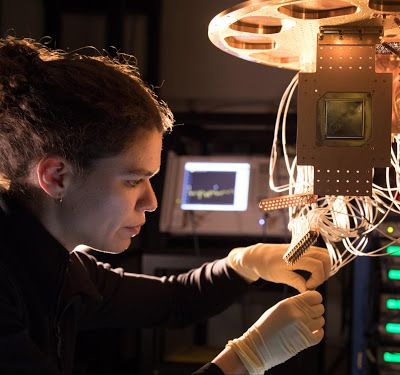
Mar 4, 2018
Elusive Higgs-Like State Created in Exotic Materials
Posted by Genevieve Klien in categories: materials, quantum physics
Two teams of physicists have figured out how to create a “mini universe,” which could help researchers understand the strange behavior of deeply quantum systems.
Mar 3, 2018
Three-dimensional skyrmion: Scientists observe theoretical particle for first time
Posted by Dan Kummer in categories: particle physics, quantum physics
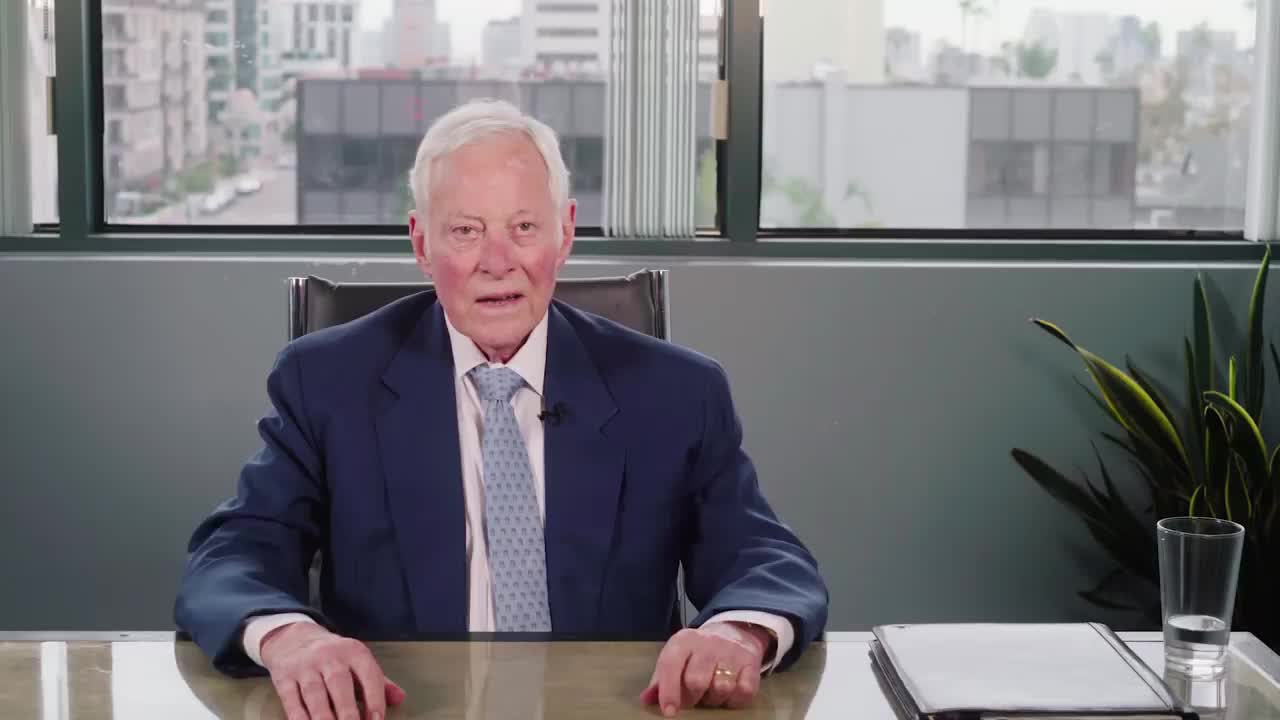
March 2 (UPI) — Forty years after scientists first theoretically predicted the existence of a three-dimensional skyrmion, scientists have observed the particle in the lab.
The particle, observed cold quantum gas, isn’t a normal particle composed of electrons, protons and electrons. It is a quantum particle, the energy signature created by the interactions between a particle and the surrounding system.
Mar 3, 2018
Scientists observe a new quantum particle with properties of ball lightning
Posted by Genevieve Klien in categories: climatology, nuclear energy, particle physics, quantum physics
Scientists at Amherst College and Aalto University have created, for the first time a three-dimensional skyrmion in a quantum gas. The skyrmion was predicted theoretically over 40 years ago, but only now has it been observed experimentally.
In an extremely sparse and cold quantum gas, the physicists have created knots made of the magnetic moments, or spins, of the constituent atoms. The knots exhibit many of the characteristics of ball lightning, which some scientists believe to consist of tangled streams of electric currents. The persistence of such knots could be the reason why ball lightning, a ball of plasma, lives for a surprisingly long time in comparison to a lightning strike. The new results could inspire new ways of keeping plasma intact in a stable ball in fusion reactors.
‘It is remarkable that we could create the synthetic electromagnetic knot, that is, quantum ball lightning, essentially with just two counter-circulating electric currents. Thus, it may be possible that a natural ball lighting could arise in a normal lightning strike,’ says Dr Mikko Möttönen, leader of the theoretical effort at Aalto University.
Continue reading “Scientists observe a new quantum particle with properties of ball lightning” »
Mar 3, 2018
Scientists create ‘quantum ball lightning’ for the first time
Posted by Carse Peel in categories: climatology, nuclear energy, particle physics, quantum physics
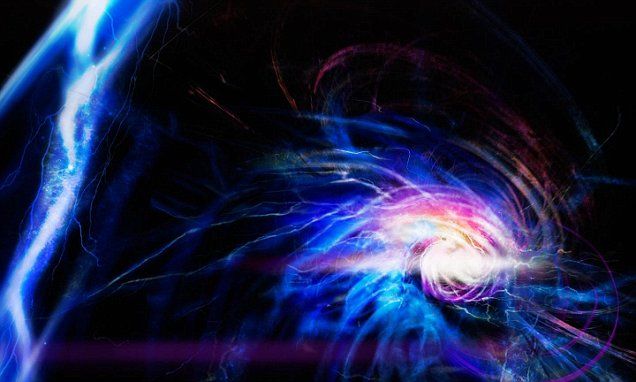
Scientists create ‘quantum ball lightning’ in the lab in breakthrough that could pave the way for stable fusion reactors…
In the new research, led by scientists at Amherst College and Aalto University, the team created a three-dimensional skyrmion in an extremely cold quantum gas.
Continue reading “Scientists create ‘quantum ball lightning’ for the first time” »
Mar 2, 2018
The ‘Impossible’ Quantum Space Engine That Breaks Laws of Physics
Posted by Shailesh Prasad in categories: quantum physics, space travel
A couple of years ago, researchers at NASA’s Johnson Space Centre discovered a thruster system which actually generates thrust, despite requiring absolutely no propellant. The implications of this discovery are far-reaching; applications for space flight and other technologies which require propulsion could one day become far cheaper, allowing space exploration to expand exponentially.
The existence of this technology also further validates the fact that energy can be derived from tapping into the quantum vacuum, also known as “zero-point.”
Mar 2, 2018
The Ongoing Battle Between Quantum and Classical Computers
Posted by Shailesh Prasad in categories: computing, information science, quantum physics
The quest for “quantum supremacy”—unambiguous proof that a quantum computer does something faster than an ordinary computer—has paradoxically led to a boom in quasi-quantum classical algorithms.
